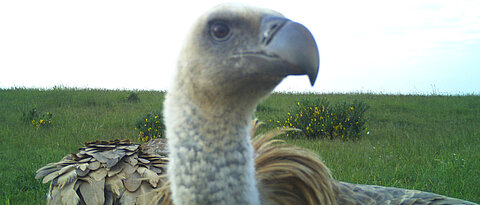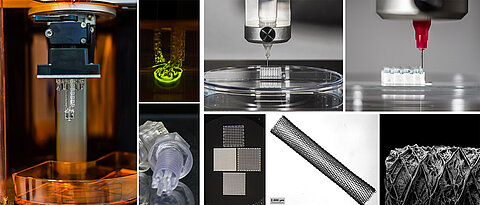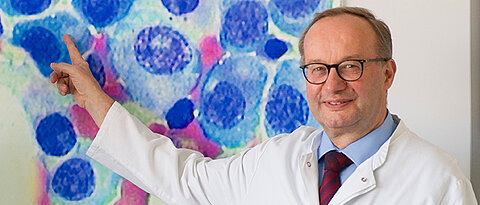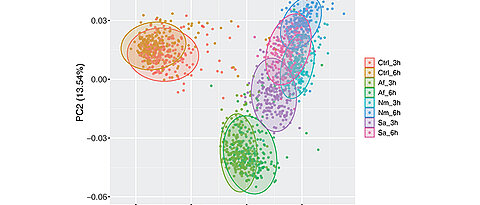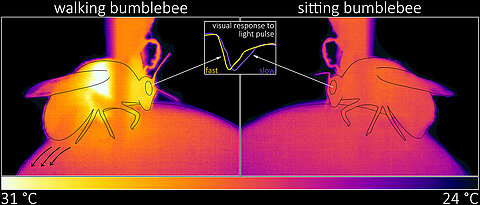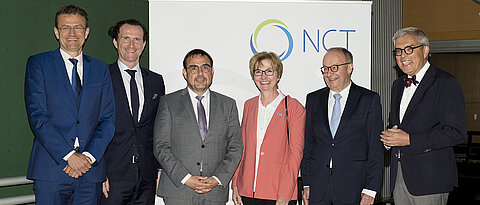With head and leg to the beautiful cut
07/07/2023
How do leafcutter ants measure the size of the leaf pieces they cut off? A study by the University of Würzburg now provides answers.
more




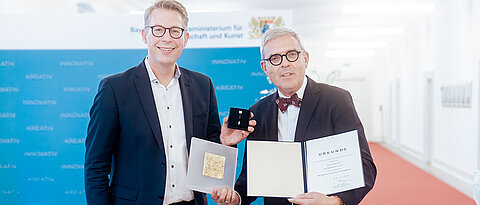

![[Translate to Englisch:] A young man wears an amulet with a magical text on a necklace in this mummy portrait from Imperial Egypt (150-200 AD). Photo: Getty Museum, Malibu.](/fileadmin/_processed_/c/f/csm_0628MagEIA-www-neu_ca5cf1ba80.jpg)
